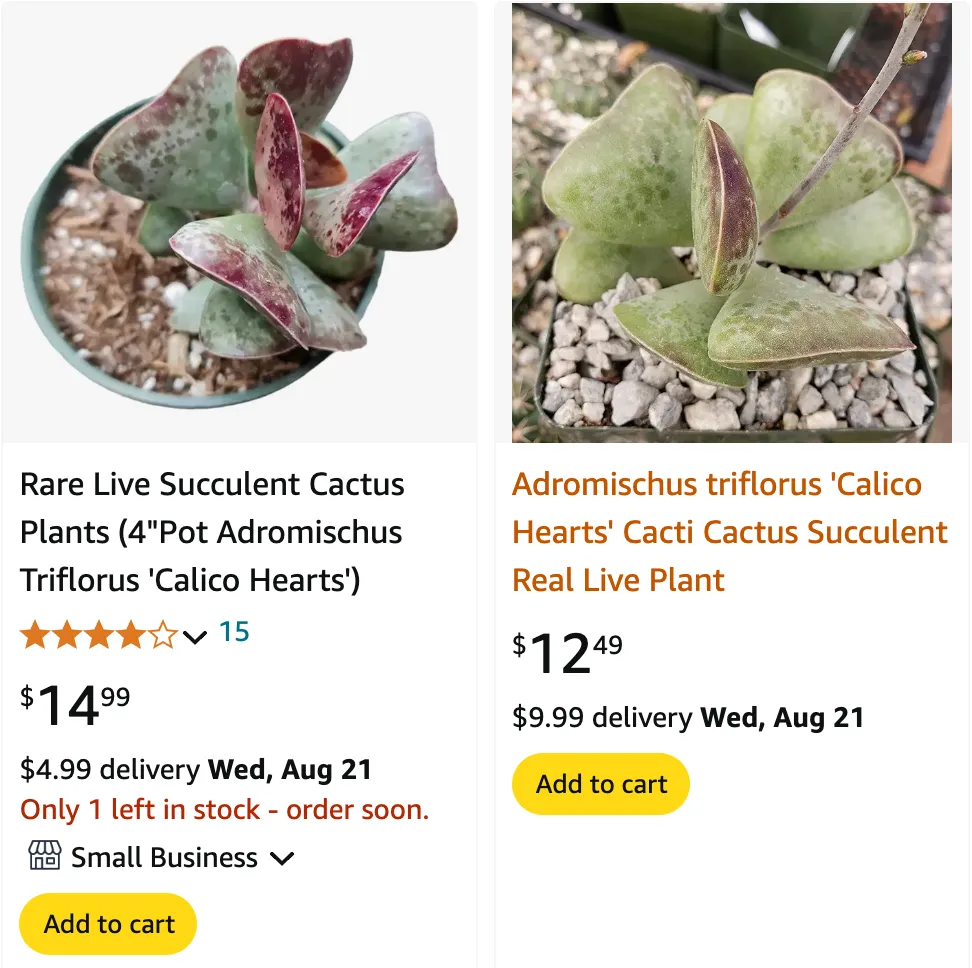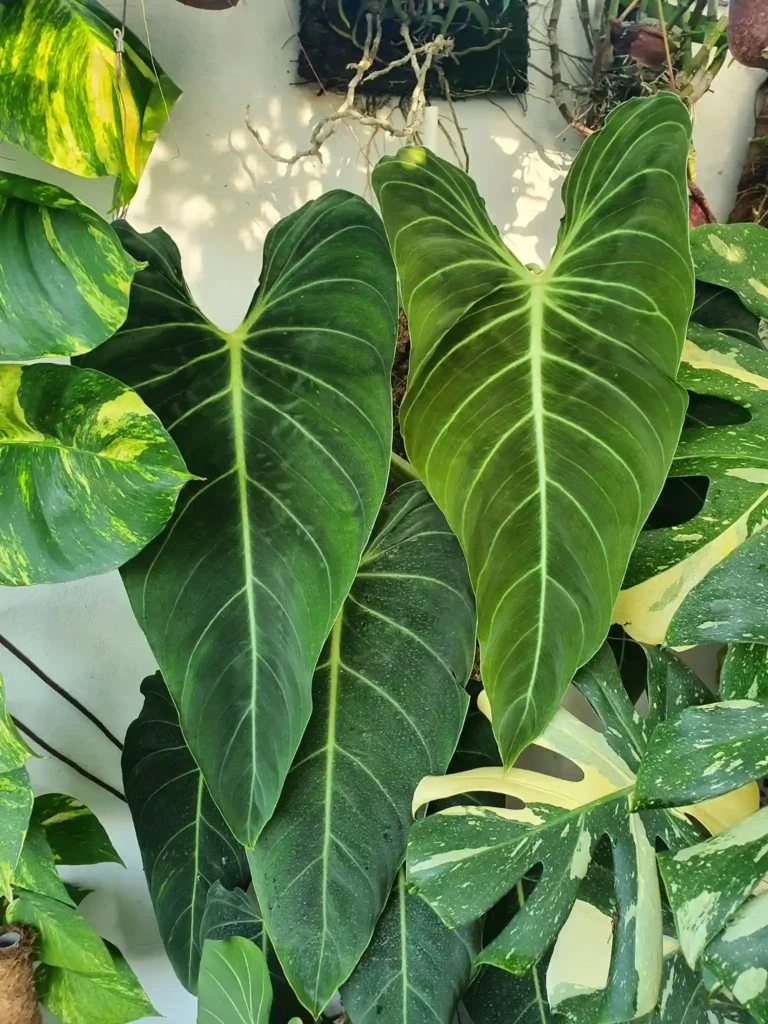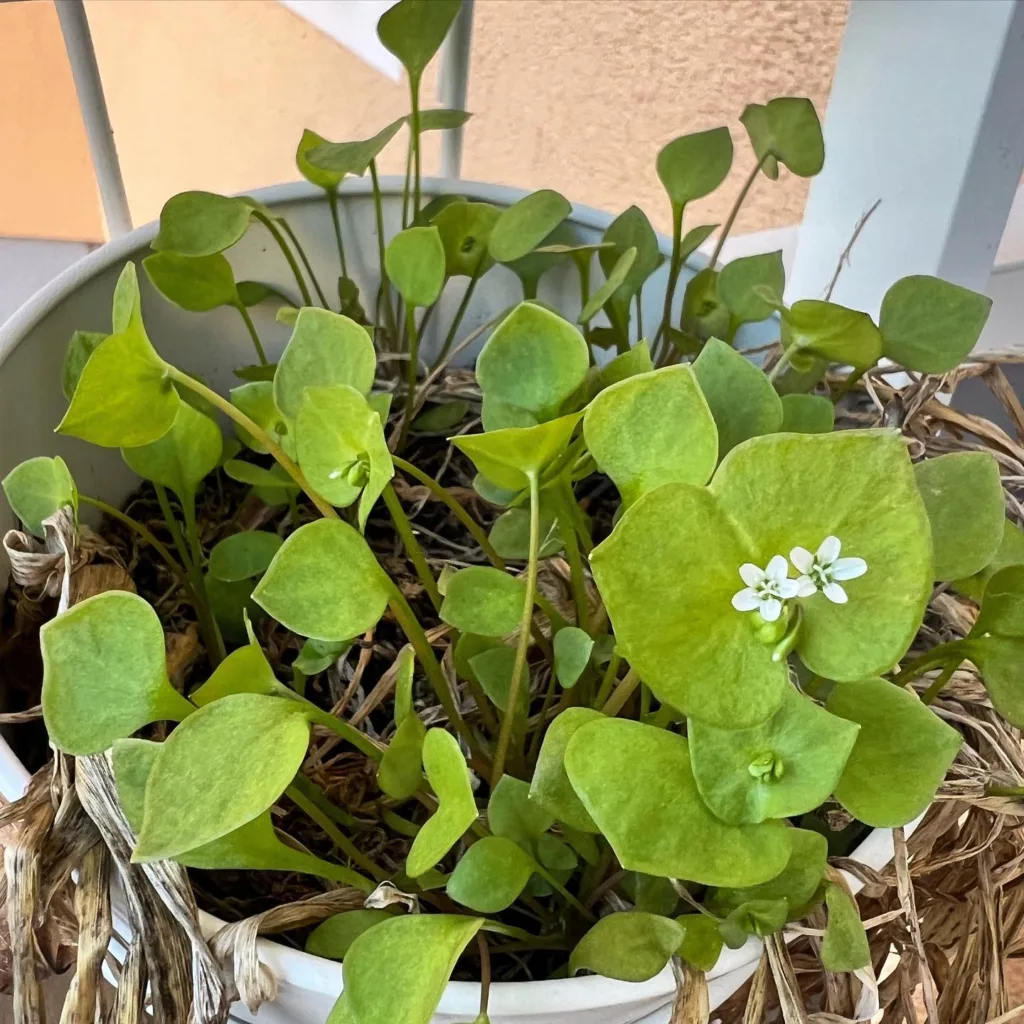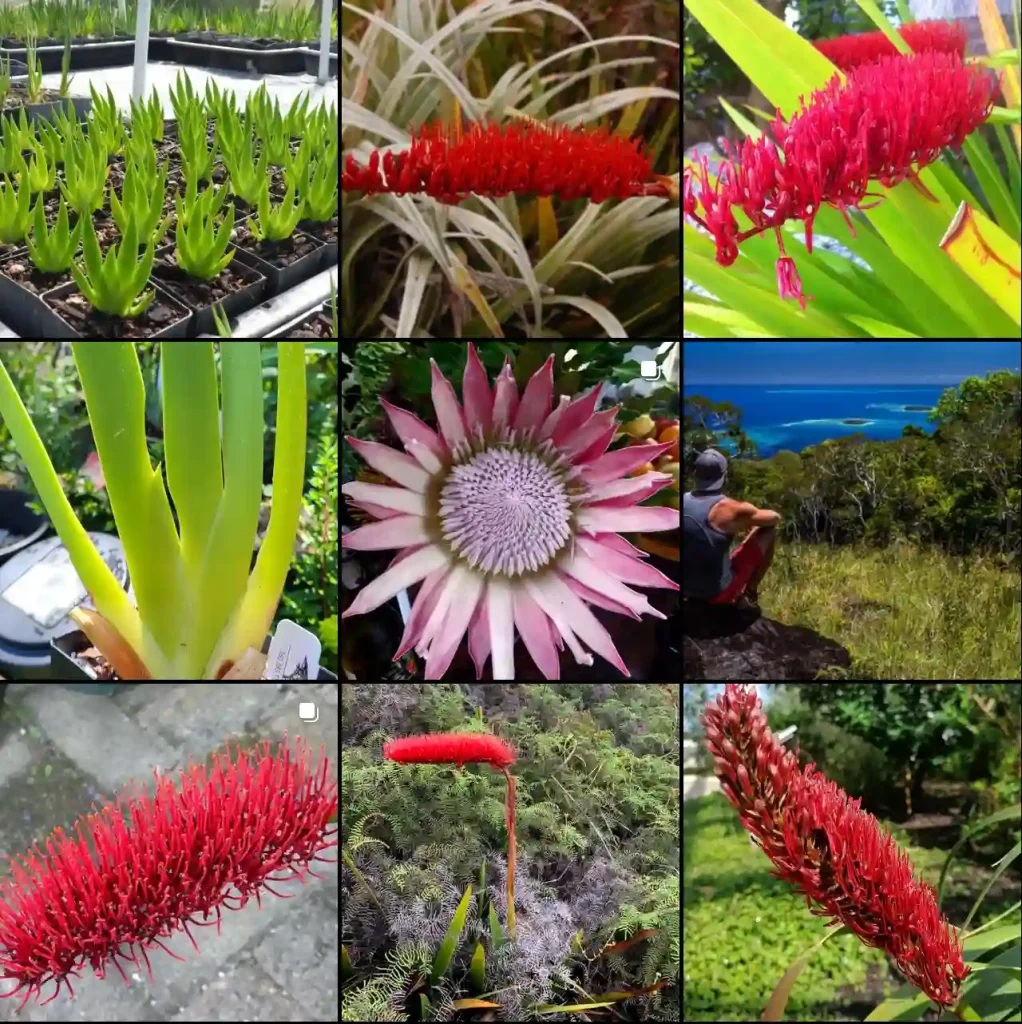
What Is a Calico Hearts Succulent?
The Calico Hearts Succulent, also known by its scientific name Adromischus Triflorus, is one of my favorite succulents. It’s a small, charming plant with heart-shaped leaves that are thick and fleshy. The leaves often display a beautiful array of colors, ranging from green to purple, with unique spots or blotches that give it the name “Calico Hearts”. This succulent is native to South Africa, and its compact size makes it an ideal choice for indoor spaces or small gardens.
How to Care for a Calico Hearts Succulent?
Caring for a Calico Hearts Succulent is relatively straightforward, making it a great option for both beginners and experienced gardeners. Here’s how I take care of mine:
Light Requirements
Calico Hearts Succulents thrive in bright, indirect light. I place mine near a window where it gets plenty of sunlight, but not too much direct sun. If exposed to too much direct sunlight, the leaves can scorch and lose their vibrant color. However, if the light is too low, the plant may become leggy, losing its compact, attractive shape.
Watering Schedule
Watering a Calico Hearts Succulent is where you need to be careful. This plant doesn’t like to sit in water, so I always ensure the soil is completely dry before watering it again. Overwatering can lead to root rot, which is the most common issue with this succulent. During the growing season (spring and summer), I water it once every 10 to 14 days, but in the winter, I cut back to once a month or less.
Soil and Potting
I use a well-draining soil mix specifically designed for succulents and cacti. This type of soil prevents water from lingering around the roots, reducing the risk of rot. A pot with drainage holes is essential; I usually go for terracotta pots because they allow excess moisture to evaporate more easily.
Temperature and Humidity
The Calico Hearts Succulent prefers a warm environment, between 65°F and 80°F. It’s not frost-tolerant, so I make sure to bring it indoors if the temperature drops below 50°F. This plant does well in dry conditions, which is another reason why it’s perfect for indoor settings. High humidity isn’t ideal for this succulent, so I keep it away from overly humid areas like bathrooms.
How to Propagate a Calico Hearts Succulent?
One of the joys of growing Calico Hearts Succulents is how easy they are to propagate. I usually propagate mine through leaf cuttings, which is a simple and rewarding process.
Leaf Cuttings
To propagate, I gently twist a healthy leaf from the base of the plant, making sure it’s a clean break without any part of the leaf left on the stem. I then let the leaf dry out for a few days until the end forms a callus. After that, I place the leaf on top of well-draining soil and water it lightly. Within a few weeks, tiny roots and new leaves start to emerge, and eventually, a new plant is born.
Offsets
Sometimes, the Calico Hearts Succulent produces offsets, or “pups,” which are small plants that grow from the base of the mother plant. When they’re big enough, I carefully remove them and pot them separately. This is another easy way to multiply your Calico Hearts collection.
What to Plant with Calico Hearts Succulents?
When it comes to companion planting, I like to pair my Calico Hearts Succulent with other low-water plants that have similar care needs. Here are some great options:
Other Succulents
I often plant Calico Hearts with other small succulents like Echeveria, Graptopetalum, or Haworthia. These succulents share similar light, water, and soil requirements, making them perfect companions. The variety of shapes and colors adds visual interest to my garden or indoor arrangement.
Cacti
Cacti are another excellent choice to pair with Calico Hearts. Both types of plants thrive in similar environments, and their contrasting forms—spiky cacti with the soft, rounded leaves of Calico Hearts—create a striking display.
Decorative Stones and Pebbles
While not a plant, I like to add decorative stones or pebbles around my Calico Hearts Succulent. These not only enhance the aesthetic but also help with drainage, keeping the soil dry and preventing rot.
Common Issues with Calico Hearts Succulents
Even though the Calico Hearts Succulent is easy to care for, a few issues can arise. Here’s how I handle them:
Overwatering
As I mentioned earlier, overwatering is the most common problem. If the leaves start to turn mushy or translucent, it’s a sign of too much water. I immediately cut back on watering and check the roots. If the roots are rotten, I trim them and repot the plant in fresh soil.
Pests
Pests like mealybugs can sometimes attack Calico Hearts. I’ve found that wiping the leaves with a cotton swab dipped in rubbing alcohol works well to remove them. Regularly inspecting your plant will help catch any infestations early before they cause significant damage.
Leggy Growth
If my Calico Hearts Succulent starts to grow tall and spindly, it’s usually due to a lack of light. In this case, I move it to a brighter spot where it gets more sunlight, which helps it regain its compact shape.
Final Thoughts
The Calico Hearts Succulent is a delightful plant that brings a touch of charm to any space. With its easy care routine, propagation possibilities, and compatibility with other succulents, it’s a plant that I always enjoy having in my collection. Whether you’re a seasoned gardener or just starting, the Calico Hearts Succulent is a wonderful addition that’s sure to thrive with a little love and attention.
If i die, water my plants!



